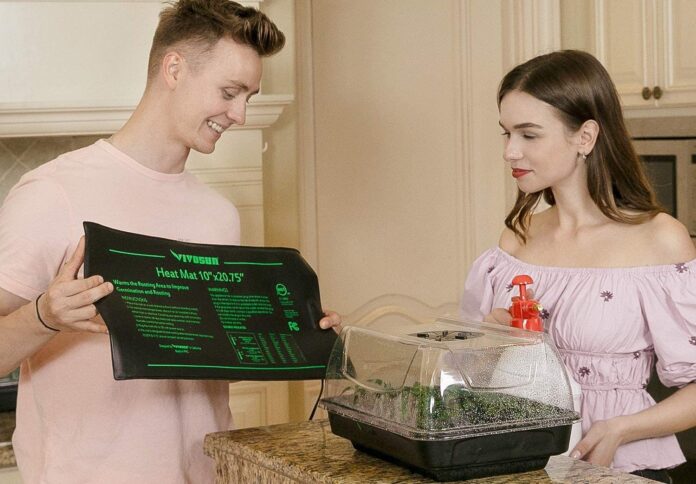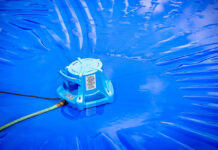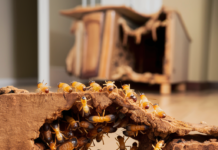Heat mats are designed to help maintain temperatures inside a grow space safely and efficiently. The only downside to these products is they cost quite a bit of money for what they are. However, if you have a small space (like a closet) and need to keep your temperature at a specific level without using a thermostat, then this product is worth looking into as it produces heat that will help stabilize your plant’s health over time! These devices use electricity to create heat and transfer it to the air around them. The heat can be utilized for many different purposes, including keeping moisture at a constant level, maintaining the right humidity, and drying out excess water from the plant. There are many reasons that a heat mat is useful at home, not only for reptiles but also for plants. This article will cover what indoor heat mats are, why they are good for growing indoors, and how they should be used.
What Is a Seedling Heat Mat and How Does It Work?
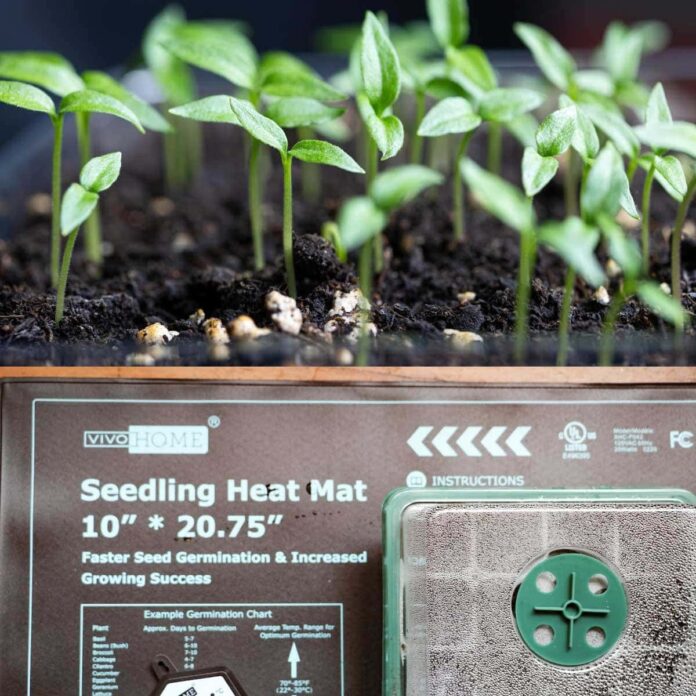
Similar to a reptile heat mat, a seedling heat mat produces heat from a flat surface usually made from a heat-resistant polyurethane plastic material that houses heating wires. These heat mats produce heat based upon temperatures that are set by the user through a thermostat and controller combination. The user pushes the thermostat into the medium that needs to be heated and the controller registers heat that is produced and controls the temperature by turning the power to the heat mat on and off. A seedling heat mat has good capabilities for balancing temperature to seedlings particularly, because seedlings can be fragile and ensuring that they are warm also ensure that they germinate faster.
7 Reasons to Use Heat Mat
1. Seedling heat mat provides humidity
Seedling heat mat helps keep your seeds and seedlings moist. It does not add any additional water to your environment, nor does it cause excess moisture build-up. Seedlings naturally need humidity, so being able to control the humidity level inside your grow room ensures their continued growth and survival. A higher temperature allows for greater humidity in the environment and a heat mat encourages this by producing excess heat and allowing the air not to lose temperature ambiently. Higher humidity during fragile stages of growth improve overall health, but if seedlings receive too much moisture they may develop fungus or mold problems, rot, or not germinate at all. It is important to ensure that your soil never dries out during the seedling stage but also that it is not so wet that your plants cannot find a place to root. Keep your ambient humidity around 70-80% Relative Humidity.
2. Seedling heat mats increases plant health
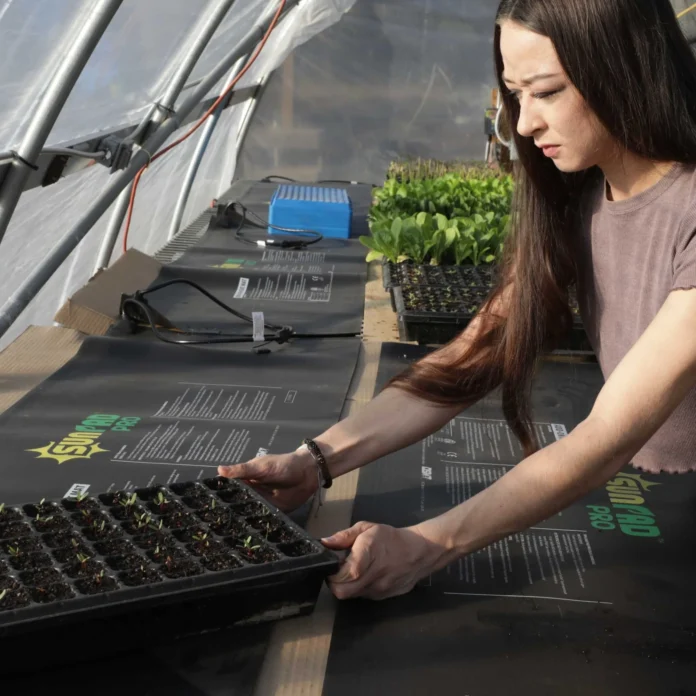
Heat mats help ensure the proper amount of heat transfer. Heat mats do not have any negative effects on air quality since they don’t produce any of their own particles or any adverse effect as long as the temperature is in the right range for the appropriate plant. Each plant has its preference for temperature and humidity so research is necessary before using a heat mat. In fact, it is possible to use heat mats throughout the entire growth cycle with a flexible heat mat but it is not entirely necessary as a fully-grown plant needs less environmental support than seedlings.
3. Seedling heat mats protect seeds and seedlings from temperature fluctuations
Heat mats help maintain a consistent temperature throughout your grow space, which prevents your seeds and seedlings from suffering from extreme cold or hot temperatures. When the plants are exposed to high fluctuating temperatures, they cannot perform at their highest potential and seedlings are no different. Proper temperatures are crucial to maintain simply because if they are too drastically high or low seedlings will not germinate. Heat mats, along with controllers and thermostats keep plants at a healthy temperature and growing in a proper way.
4. Seedling heat mats provide improved germination rates
Heat mats are extremely useful for encouraging production of auxins and other crucial protein chains necessary for building new structures. Germination rates depend on if the environment is comfortable enough and if there are enough resources. Higher temperatures allow for more humidity and “relax” a plant enough to confuse them into thinking that spring or summer has arrived. Plants will always take advantage of good weather so adding a heat mat will most definitely encourage plants to grow quickly.
5. Seedling heat mats are cost effective
VIVOSUN Seedling heat mats are a great investment because they save money and labor while increasing productivity and helping your plants survive. In addition, they are easier to clean than other types of heating equipment because they are made of plastic. Simply wipe down the heat mat with a cloth but be sure to not allow water to sit on the mat as this will, over time, cause the mat to break down and ultimately wear out. Heat mats, however, are relatively inexpensive and last a long time. Expect a heat mat to last a couple of years and cost no more than $80 at the high end. They also come in multiple sizes to fit smaller or larger spaces.
6. Heat mats work well with seedling trays
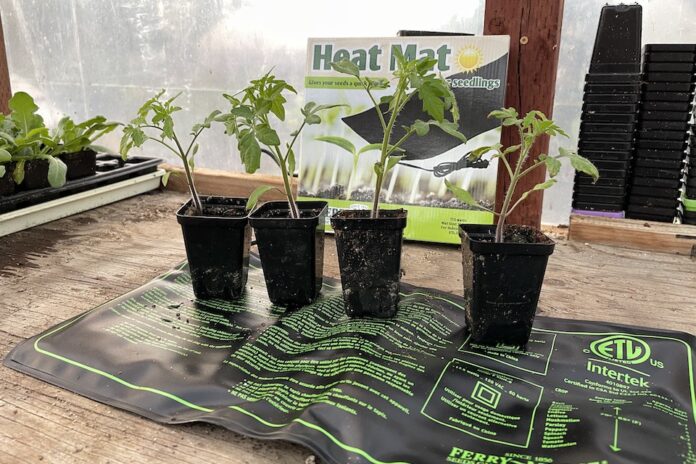
Seedling trays are small plastic cups that hold a small amount of medium like soil and also include a plastic top that helps regulate the humidity levels around the seedlings. Humidity is, at this stage of growth, more important than watering directly because seeds, seedlings, and small plants are more likely to dry out if the air is dry rather than the soil. A high humidity level around the plant will help support healthy growth.
7. Heat mats can be used to warm reptile aquariums
Reptiles require a certain temperature for optimal activity. When temperatures drop below their preferred range, they slow down or even stop moving. When temperatures rise above the optimum level, they may experience problems including overheating and death. The ideal temperature range varies from species to species. If necessary, keep them warm using a heat mat or heating pad. Keep the area around the reptile’s habitat cool so that it does not overheat. Heat mats allow reptiles to breed under controlled conditions. As soon as the female lays her eggs, use a heat mat to maintain the incubation temperature at 85 degrees Fahrenheit. Once the eggs hatch, place the babies on heat mats until the time comes to move them outside.
